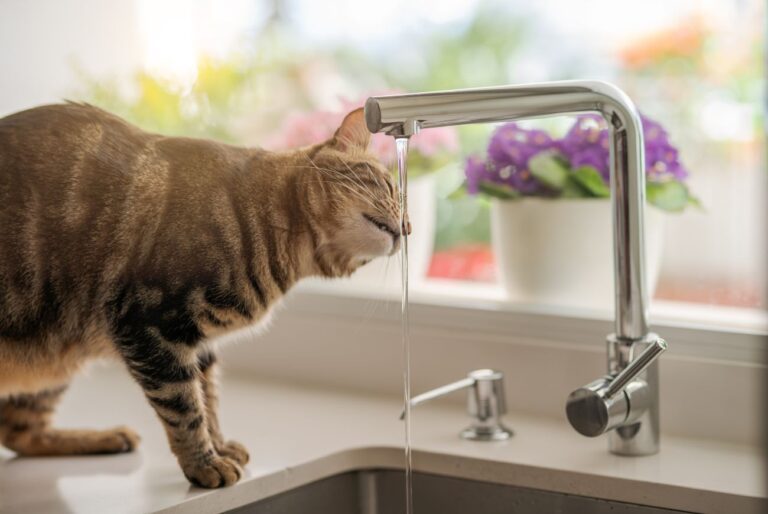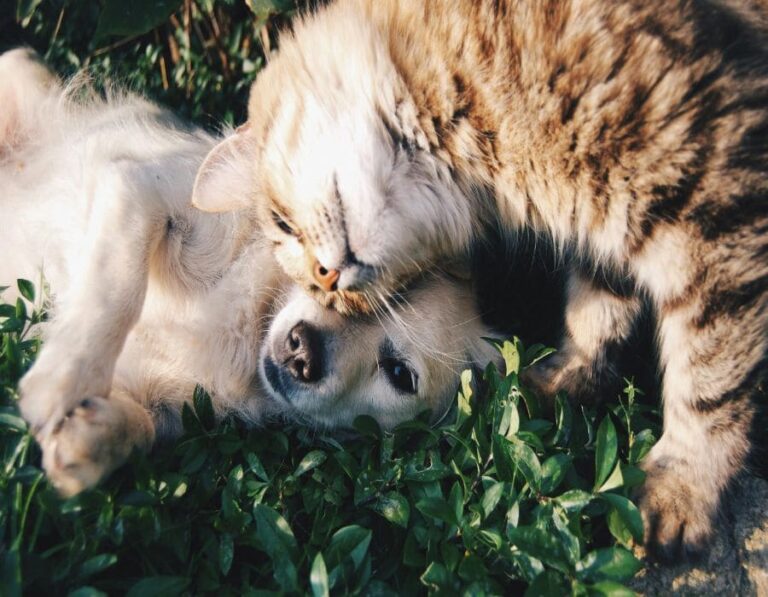12 Fascinating Ways Cats Adapt to High-Rise Living
The concrete jungle presents a fascinating laboratory for feline adaptation. Dozens of stories above the ground, cats have transformed modern high-rise apartments into sophisticated vertical territories.
Discover how high-rise cats conquer urban challenges with remarkable adaptability. From vertical territories to modified hunting patterns, these felines thrive in elevated spaces. Uncover the secrets behind these sophisticated creatures’ ability to flourish amidst the vertical demands of apartment living.
Three-Dimensional Territory Mapping
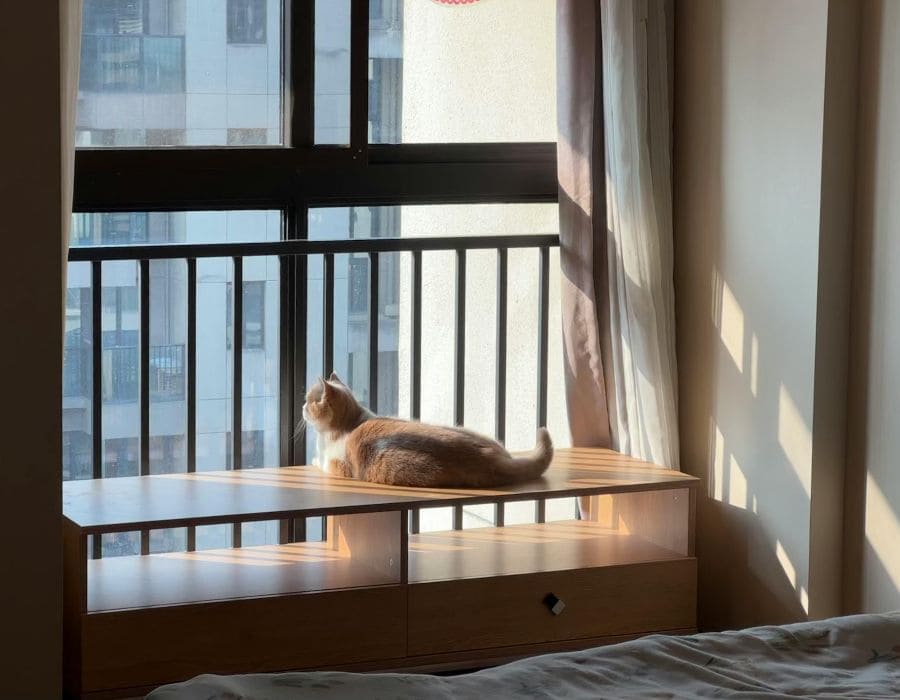
Ground-dwelling cats think in two dimensions. Their tower-dwelling cousins? They’ve gone full 3D. These high-rise felines create intricate mental maps of their vertical domains, establishing distinct zones at different elevations. From the baseboards to the tops of kitchen cabinets, every level serves a purpose. Some cats even develop preferred “highways” between levels, creating elaborate pathways that would make a parkour enthusiast jealous.
Window Warriors
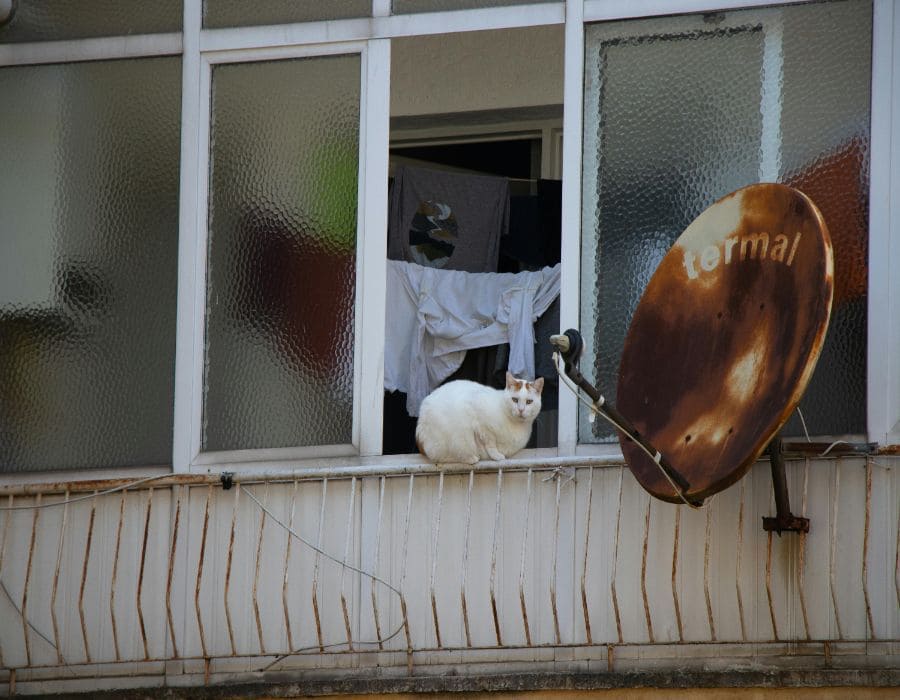
High-rise windows become more than just glass barriers – they transform into dynamic entertainment centers for apartment cats. These elevated observation posts offer unprecedented views of urban life. Birds soar past at eye level. Weather patterns unfold in real time. The result? Studies show these cats spend nearly half their waking hours engaged in window-watching, developing tracking abilities that would put military radar operators to shame.
Phantom Hunting
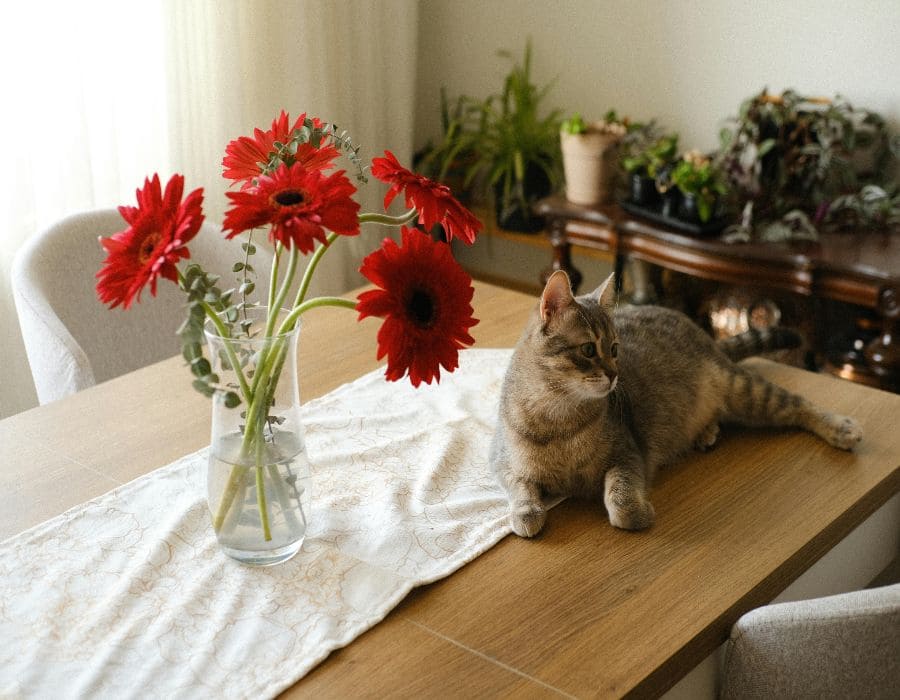
Without access to traditional prey, high-rise cats get creative. Really creative. They track flying insects through glass, calculate theoretical intercept points for birds they’ll never catch, and stalk shadows across walls. It’s like watching an expert chess player compete against an invisible opponent – complete with strategic positioning and lightning-fast reactions to imagined countermoves.
Sound Filtering Masters
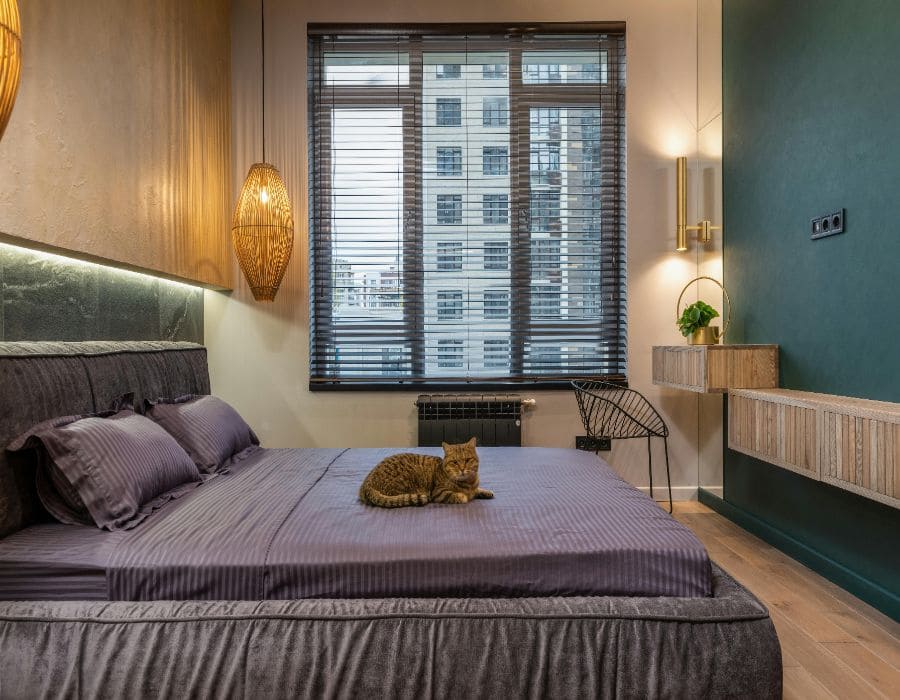
The cacophony of city life demands adaptation. High-rise cats develop remarkable selective hearing, tuning out the constant drone of traffic while remaining hyper-alert to relevant sounds within their domain. A mouse-like rustling from three rooms away? Instant attention. Construction jackhammer outside? Barely a whisker twitch.
Gravity Awareness
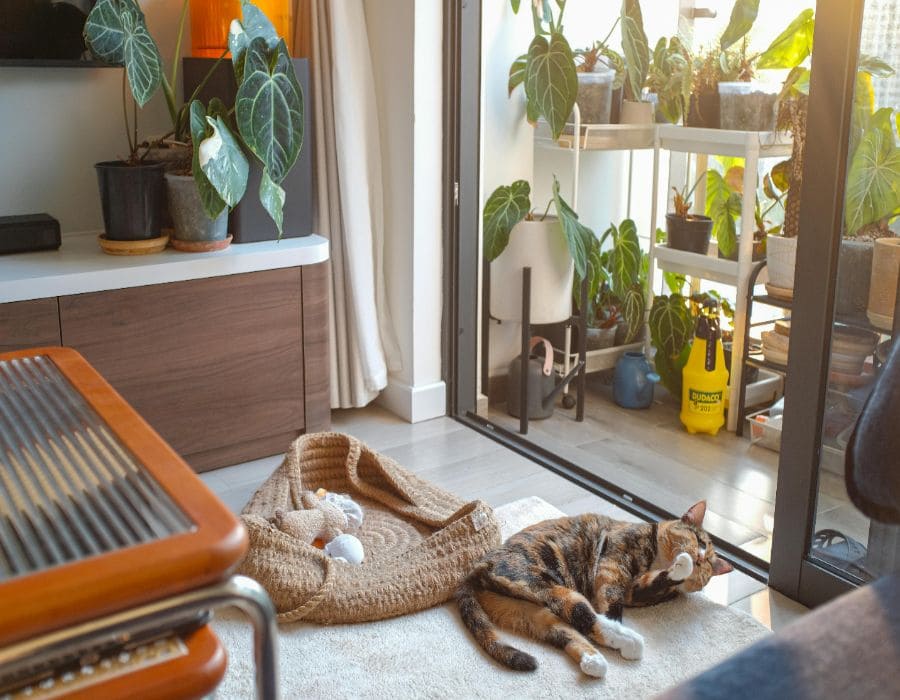
Living in the clouds requires serious spatial awareness upgrades. These cats demonstrate uncanny understanding of height and depth, making precise calculations for jumps between furniture pieces. Near windows or balconies, they move with extraordinary caution – a far cry from their sometimes reckless ground-floor relatives.
Climate Adaptation

The microclimate of a high-rise apartment creates unique challenges. Strong winds whistle through window seams. Temperature variations can be extreme. These cats learn to read their environment like meteorologists, finding optimal spots based on shifting sunlight patterns and air currents throughout the day.
Vertical Social Spacing
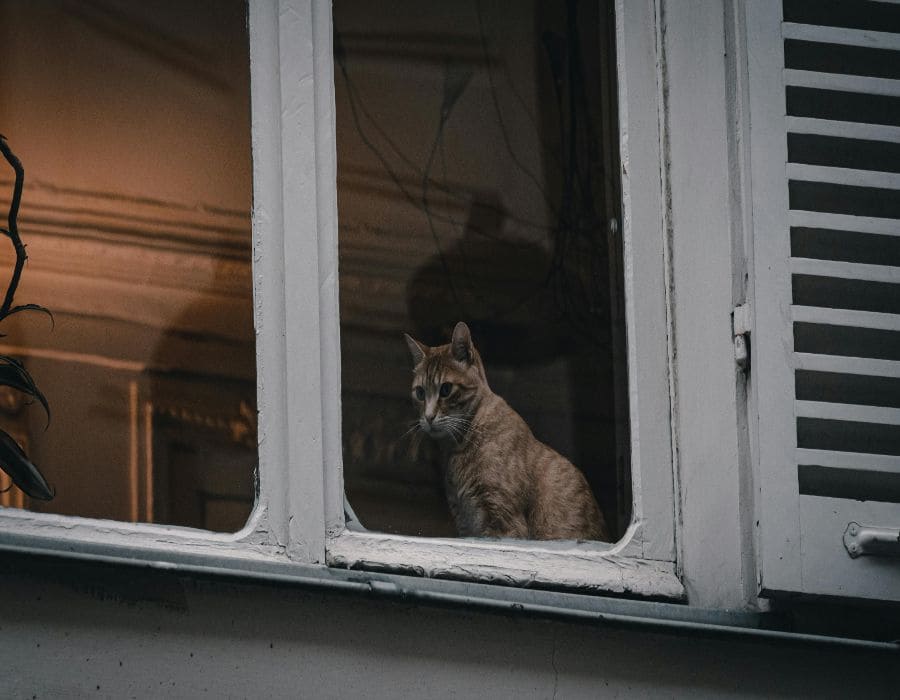
Traditional territorial behaviors get a dramatic makeover in vertical spaces. High-rise cats establish multiple “safe zones” at different heights, creating three-dimensional bubbles of personal space. It’s fascinating to watch multiple cats share relatively small apartments by essentially living on different levels.
Vertical Exercise Innovation

Limited horizontal space forces creative solutions for physical activity. High-rise cats develop complex exercise routes incorporating furniture at various heights. Some create elaborate parkour-style circuits, maintaining fitness through vertical rather than horizontal movement patterns.
3D Scent Marking
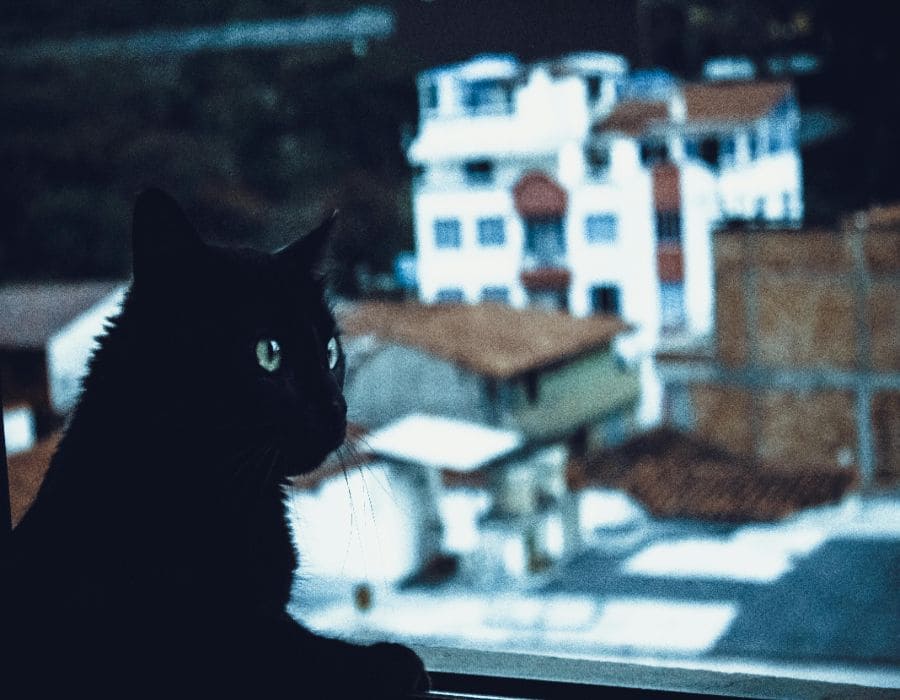
Forget traditional ground-level boundary marking. High-rise cats create sophisticated scent maps that extend upward, establishing ownership of their vertical territory through strategically placed markers at different elevations. The result is an invisible but complex network of feline “signposts” throughout the living space.
Sleep Spot Rotation

These elevated dwellers take the concept of multiple sleeping spots to new heights – literally. They establish various rest zones at different elevations, rotating between them based on factors like time of day, temperature fluctuations, and security needs. Some cats develop surprisingly regular rotation patterns, like furry little sundials marking the passage of time through their movement.
Balcony Mastery
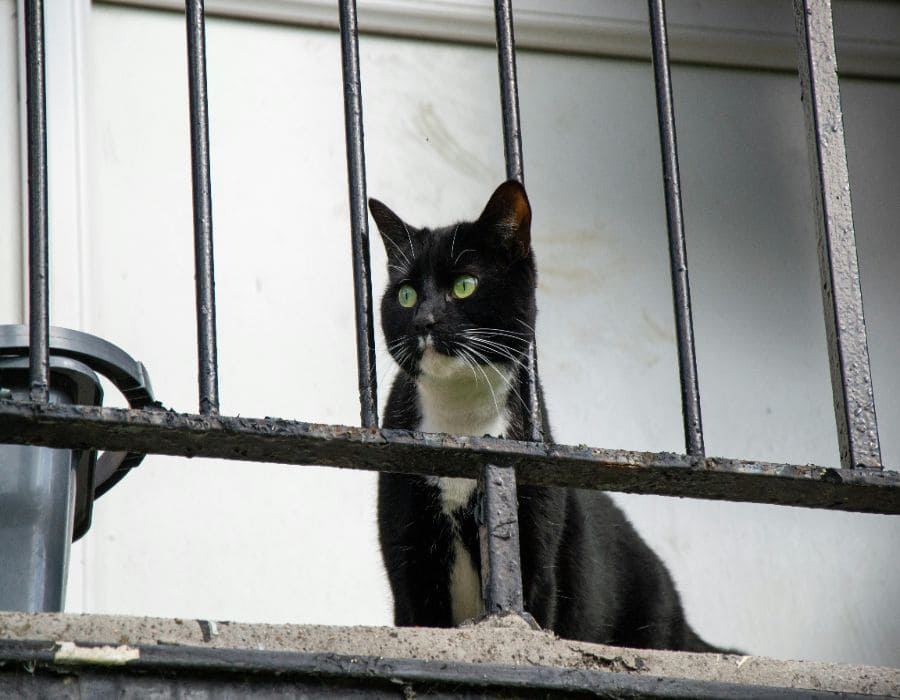
For those lucky enough to have access to high-rise balconies, cats develop specialized navigation patterns that would impress any safety engineer. They create specific routes that maximize enjoyment of fresh air while maintaining a healthy distance from edges. These cats seem to understand exactly where the thrill of height ends and genuine danger begins.
Conclusion

The remarkable adaptability of cats to high-rise living demonstrates their extraordinary capacity for environmental adaptation. While their wild ancestors never encountered anything remotely similar to a 30th-floor apartment, modern cats have seamlessly modified their natural behaviors to thrive in these vertical spaces. Their success in conquering the concrete jungle proves that sometimes the best way to stay true to your nature is to adapt it to new heights.



